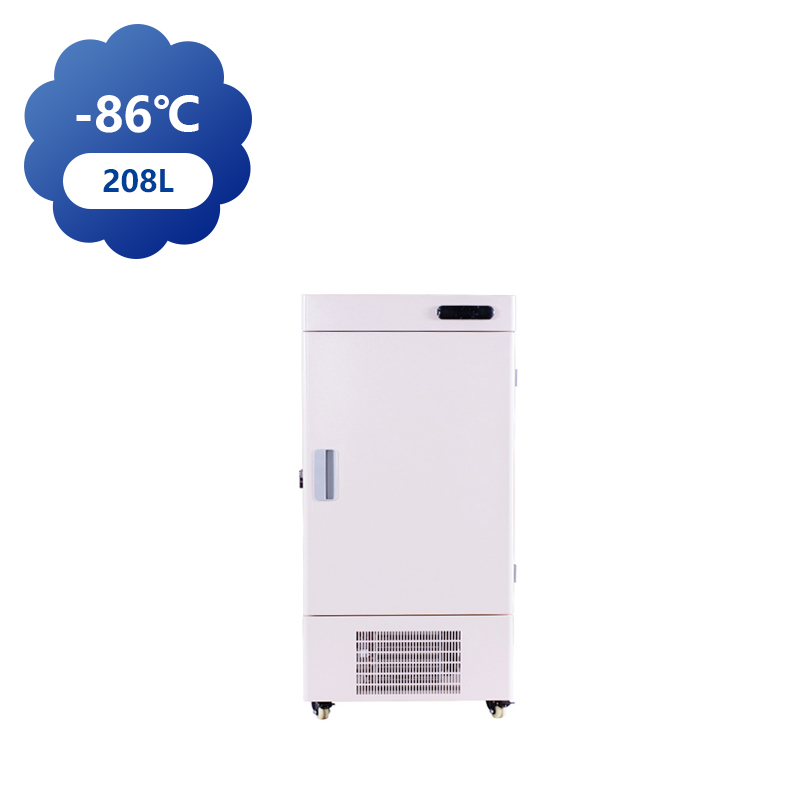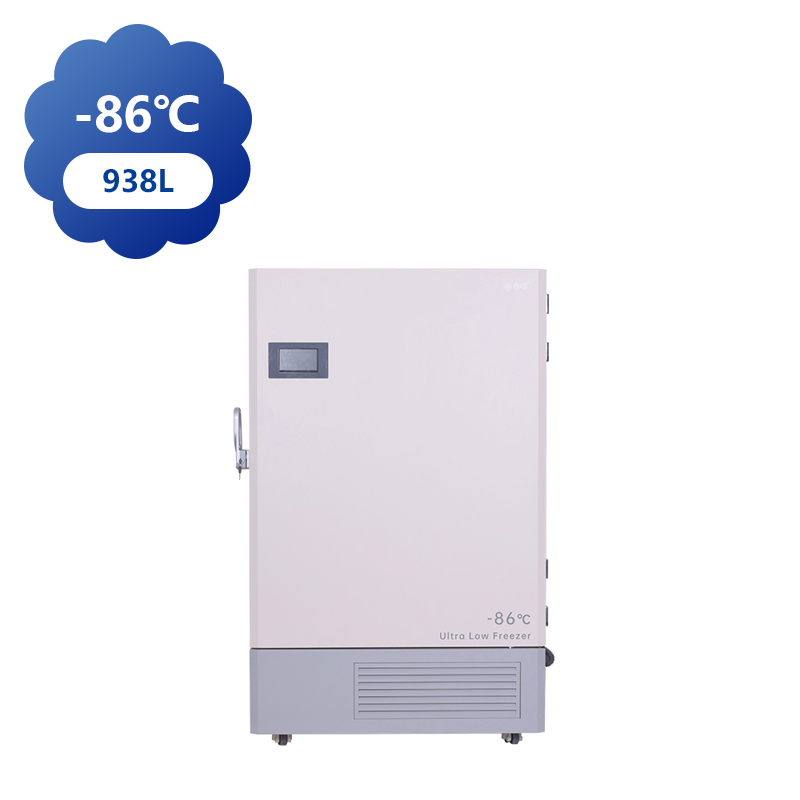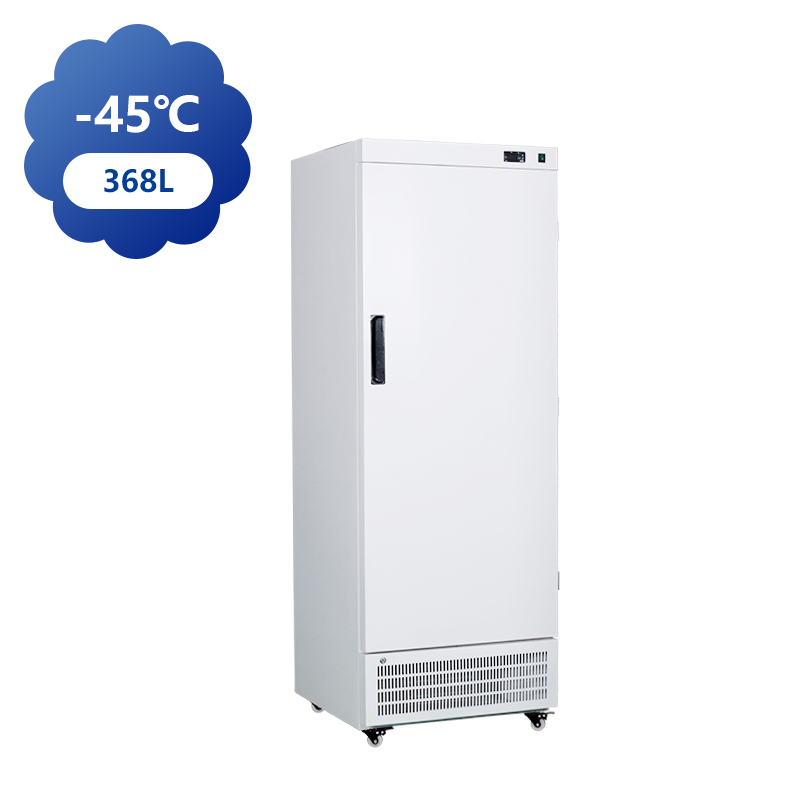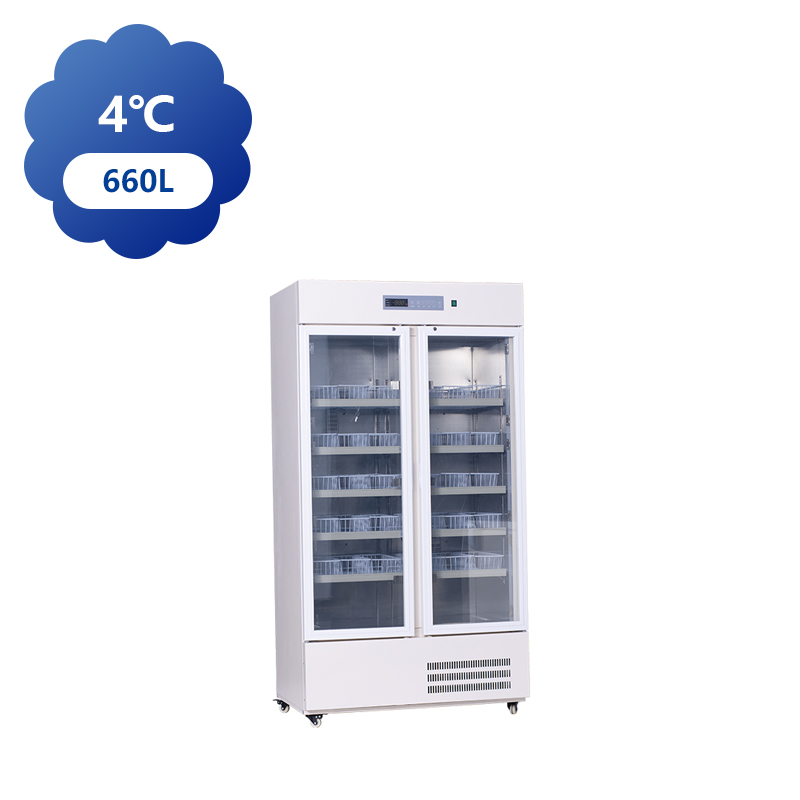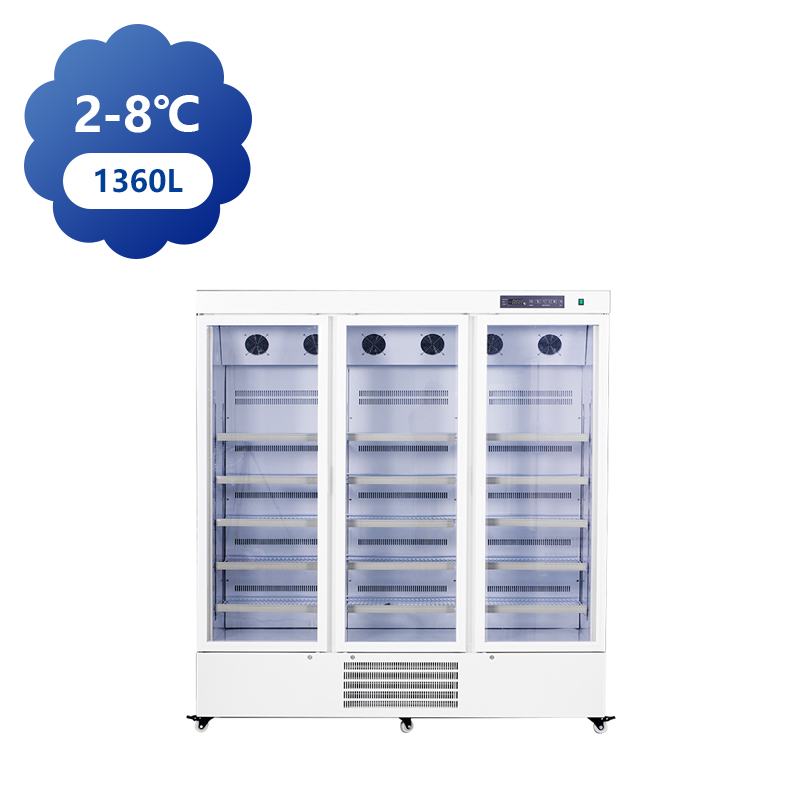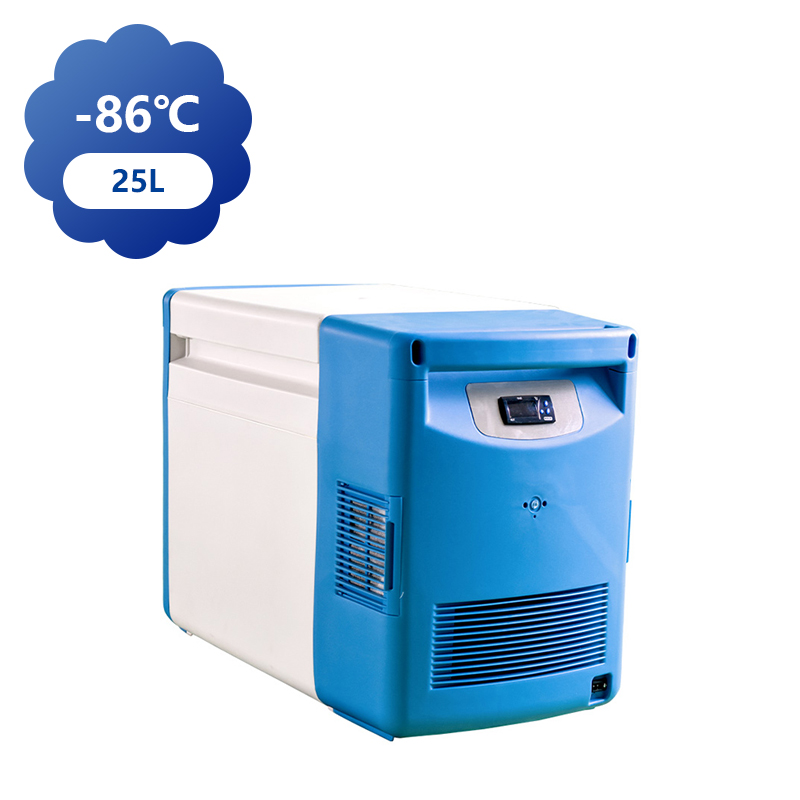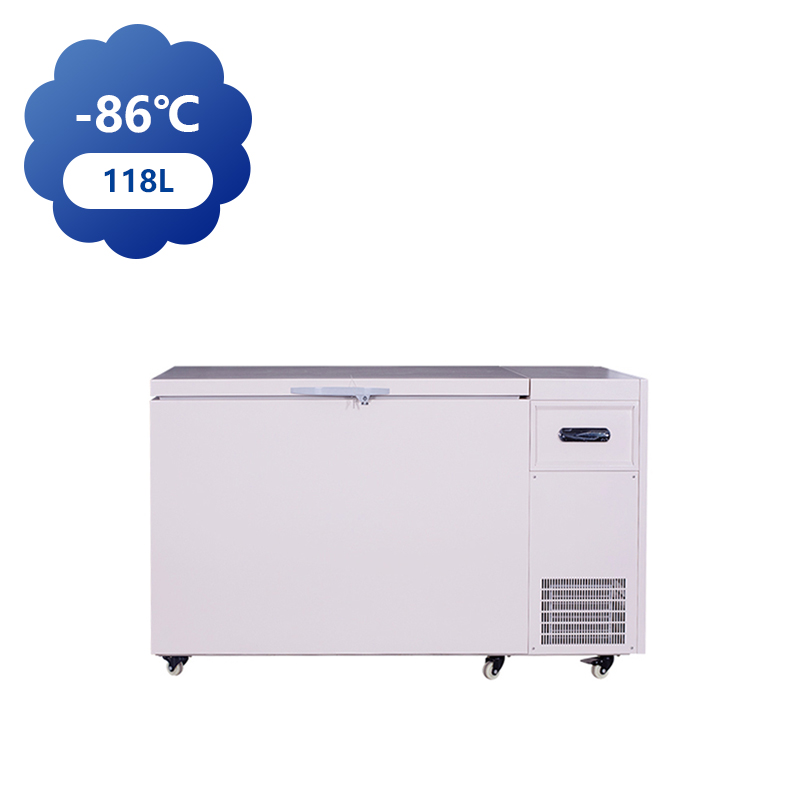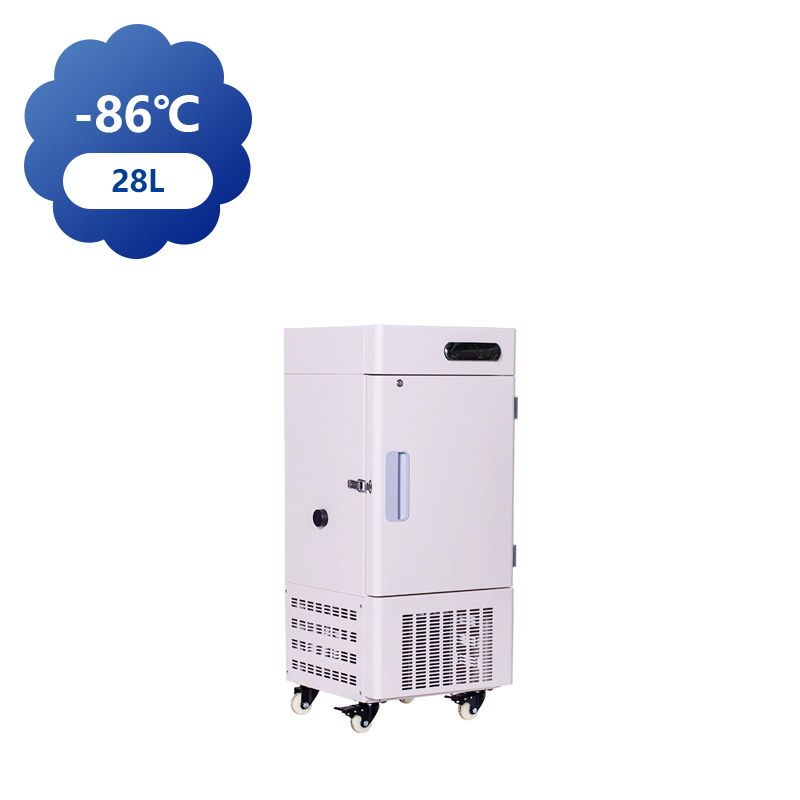You can contact to me using this form.
Vaccines, like other pharmaceutical products, must be stored under highly controlled conditions to prevent degradation. The World Health Organization (WHO) and other health bodies have established strict guidelines regarding the storage and transport of vaccines. These guidelines specify that vaccines should be kept at precise temperatures to preserve their effectiveness. As a result, the development of Commercial Medical Vaccine Refrigerators and Freezers is driven by a combination of scientific research, medical requirements, and technological innovation.
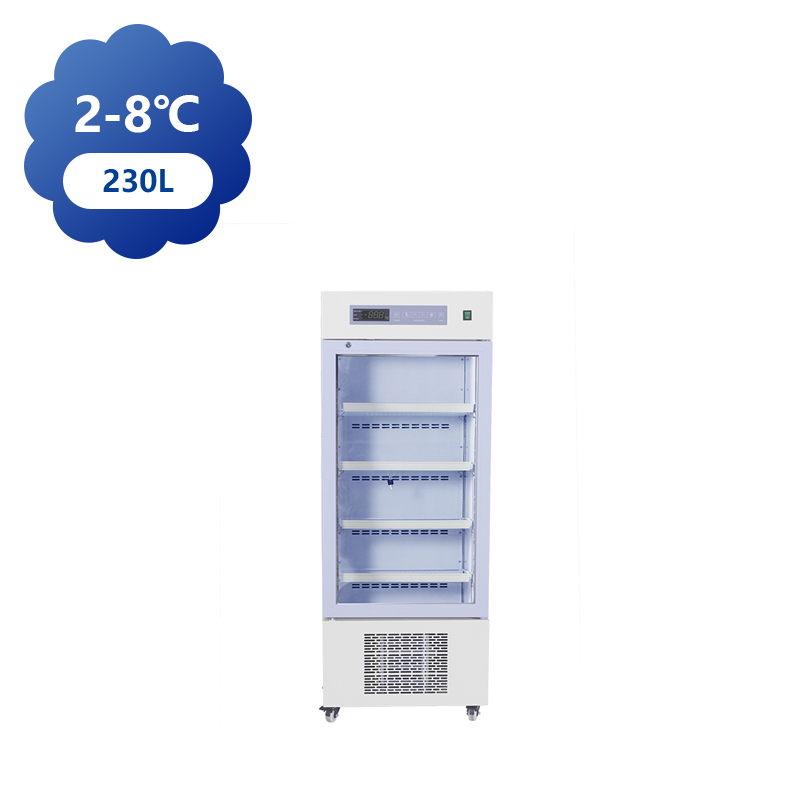
Early refrigerators and freezers were basic cooling units, but as the importance of maintaining consistent temperatures became evident, more advanced solutions were required. Over the years, the designs and technologies used in these units have evolved to meet the stringent needs of medical professionals, ensuring the safety of vaccines and the risks of spoilage or reduced potency.
At the core of any Commercial Medical Vaccine Refrigerator and Freezer is the ability to maintain a consistent and precise temperature range. Unlike standard home refrigerators, which may have wider temperature fluctuations, medical units must operate within much narrower tolerances to comply with health regulations.
The development process begins with engineering the temperature control systems. These systems typically feature high-performance compressors and advanced insulation materials. The compressors ensure that the unit can consistently cycle on and off to maintain the desired temperature. Additionally, microprocessor-based temperature controllers are used to regulate the internal environment with high precision. These controllers can adjust the compressor's speed, and in some cases, use two-stage refrigeration systems to achieve ultra-low temperatures needed for certain types of vaccines.
Thermal insulation is another vital component. Vacuum-insulated panels (VIPs) and polyurethane foam are often used to reduce energy loss and maintain internal temperatures, even in environments with fluctuating external temperatures. This ensures that the refrigerator or freezer remains energy-efficient and capable of maintaining temperature stability for prolonged periods, even during power interruptions.
Another key element of the Commercial Medical Vaccine Refrigerator and Freezer is the integration of advanced monitoring systems. These systems are essential for tracking temperature fluctuations and ensuring compliance with regulatory standards. Temperature data loggers are used to record temperature data continuously, providing real-time monitoring for healthcare providers.
In many modern models, smart sensors are installed that not only track the temperature but also provide alerts when the temperature goes out of the specified range. These alerts can be sent to the healthcare provider via SMS, email, or connected mobile apps, ensuring that quick corrective action can be taken. Some models also come with remote monitoring capabilities, allowing managers to track multiple units in different locations from a central point.
The integration of these smart monitoring systems significantly reduces the risk of temperature excursions, which could compromise vaccine efficacy. Furthermore, the recorded data can be used for regulatory compliance, ensuring that healthcare facilities adhere to the required guidelines set by regulatory bodies.
Given that vaccines are life-saving medicines, the preservation of their quality is paramount. The development of safety features within the design of Commercial Medical Vaccine Refrigerators and Freezers is a critical step in the overall development process.
In addition to maintaining the right temperature, these units are designed to prevent the risk of contamination. Airflow management systems ensure that cold air circulates evenly throughout the unit, preventing hot spots where vaccines could degrade. Antimicrobial coatings are often applied to the interior surfaces of the units to reduce the risk of contamination from mold, bacteria, or fungi, which could affect the stored vaccines.



 中文简体
中文简体 English
English Français
Français عربى
عربى +86-15988502726(wechat)
+86-15988502726(wechat)